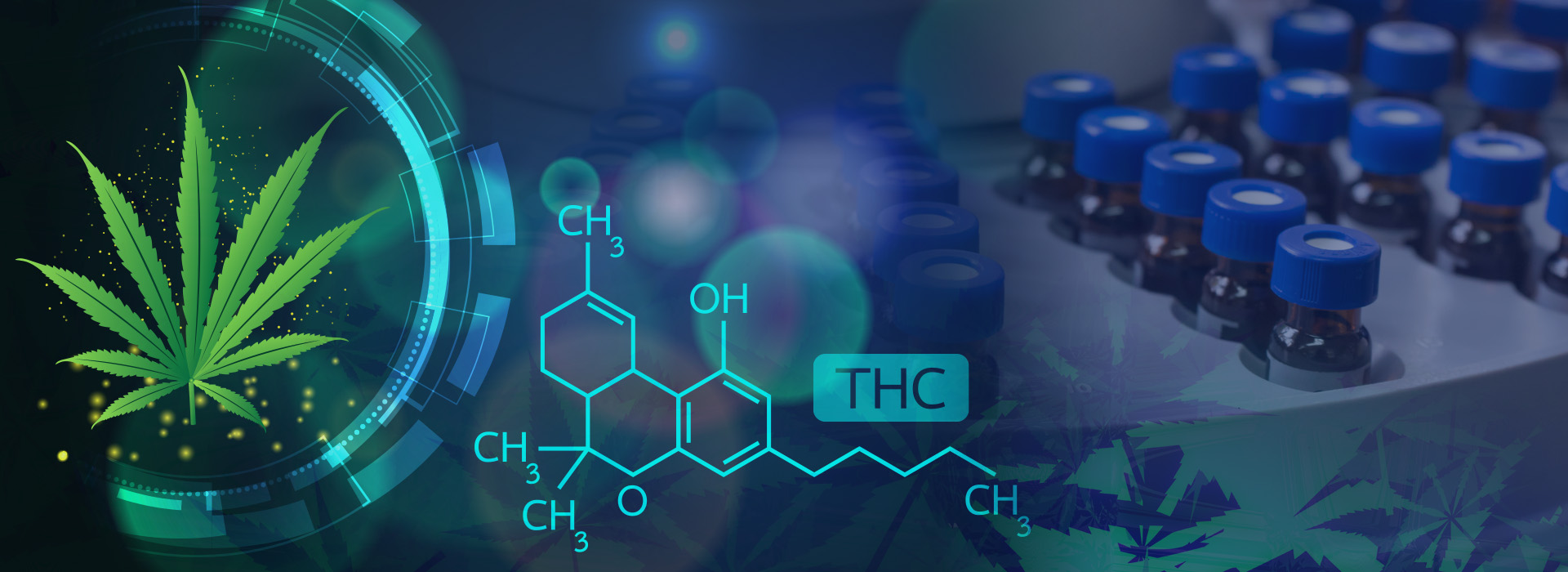This webinar originally occurred on Tuesday, June 27, 2023
Duration: 1 hour
Overview
With the passage of the 2018 Agricultural Improvement Act (Farm Bill), forensic laboratories have been tasked with differentiating seized cannabis samples as either hemp or marijuana; however, many forensic laboratories lacked reliable extraction protocols and analytical methods for this purpose. Historically, forensic laboratories have only performed a series of qualitative measurements: macro- and microscopic identification of plant features, colorimetric test for the presence of THC, and confirmation of Δ9-tetrahydrocannabinol (Δ9-THC) by gas chromatography-mass spectrometry (GC-MS). The new legislation declassified hemp as a Schedule 1 drug substance and defined it as cannabis containing 0.3 % or less of decarboxylated-Δ9-THC (total Δ9-THC). As a result, forensic laboratories have been developing or implementing semi-quantitative or quantitative analytical methods for this purpose.
The National Institute of Standards and Technology (NIST) has been working to help forensic laboratories with these challenging measurements through the development of extraction protocols and analytical methods, hemp reference materials (RMs), and administration of a Cannabis Laboratory Quality Assurance Program (CannaQAP). The objective of this project is to provide forensic laboratories with the necessary analytical tools to confidently make these measurements through simple, robust, and cost-effective analytical methods. This effort initially focused on the development of analytical methods, extraction protocols, and cannabis plant sample screenings; however, it has been expanded to include a wide range of cannabis-derived finished products that have exploded in popularity.
Despite this, the majority of forensic laboratories have been solely measuring cannabis plant samples because of the lack of reliable extraction methods and samples. As a result, NIST has started developing robust sample preparation protocols for the determination of Δ8-THC, Δ9-THC, and Δ10-THC in vaping products (oils, vape liquids, etc.) and edibles (brownies, cookies, etc.). This webinar will provide a summary of the method development studies for cannabis plant and cannabis-derived finished products with an emphasis on the analytical challenges encountered. Results will be provided from multiple studies measuring Δ8-THC and Δ9-THC in commercially available products and confiscated products from a local police department crime laboratory. Additionally, comparison will be made highlighting the inconsistencies of product labeling for total Δ9-THC levels.
Research presented within this webinar was funded by the National Institute of Justice (Award Number: DJO-NIJ-22-RO-0002).
Detailed Learning Objectives
- Attendees will gain knowledge on different challenges forensic laboratories will encounter during extraction and sample cleanup of Δ9-THC and THCA from cannabis plant and finished products.
- Attendees will learn about the different chromatographic interferences encountered from isomeric cannabinoids of Δ9-THC and different sample matrix components.
- Attendees will develop a better understanding of current product labeling inaccuracies for Δ9-THC and THCA in cannabis plant and finished product samples.
Presenter
- Dr. Walter Brent Wilson | Research Chemist, National Institute of Standards and Technology
Funding for this Forensic Technology Center of Excellence webinar has been provided by the National Institute of Justice, Office of Justice Programs, U.S. Department of Justice.
The opinions, findings, and conclusions or recommendations expressed in this webinar are those of the presenter(s) and do not necessarily reflect those of the U.S. Department of Justice.
Contact us at ForensicCOE@rti.org with any questions and subscribe to our newsletter for notifications.




